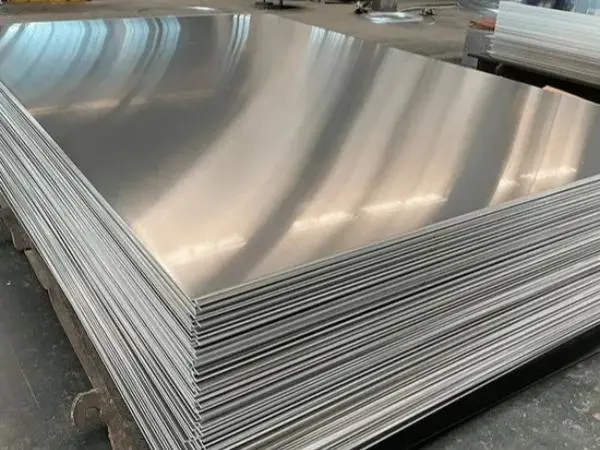- Phone0086 731 8564 8255
- E-mailsales@cscsteel-manufacturing.com
-

Pipe flanges play a crucial role as connecting components in various industrial applications. To ensure their quality and operational safety, rigorous inspections are necessary. Below are the key inspection standards for pipe flanges.
Continental Steel Co., Ltd is professional pipe flanges manufacturer, for more details, please contact:sales@cscsteel-manufacturing.com
1. Dimensional Accuracy Inspection
Dimensional accuracy is a critical quality factor for pipe flanges. Key dimensions, such as inner diameter, outer diameter, and thickness, must be measured to verify compliance with design specifications. Additionally, the flatness, roundness, and other geometric tolerances should be inspected to ensure proper alignment and fit with connected components.
2. Surface Quality Inspection
The surface condition of a flange directly impacts its durability and sealing performance. During inspection, defects such as cracks, pores, and slag inclusions must be identified. The uniformity and adhesion of any surface treatments—such as galvanization or plastic coating—should also be evaluated to confirm they meet quality standards.
3. Material Composition and Mechanical Properties Testing
The material composition and mechanical properties of a flange determine its strength, durability, and overall performance. A chemical analysis is conducted to verify that the material meets the required standards. Additionally, mechanical tests, such as tensile strength and impact resistance tests, assess the flange’s toughness and load-bearing capacity.
A high-quality flange material should exhibit characteristics like high hardness, strength, and corrosion resistance. Common material evaluation methods include:
Chemical analysis: Determines the elemental composition of the material.
Metallographic analysis: Examines the grain structure and phase composition.
If the material does not conform to the designated pressure grade, the flange is considered non-compliant.
4. Sealing Performance Testing
Flanges are primarily used for connection and sealing, making their sealing capability a critical factor. Sealing tests ensure that the flange prevents leaks in oil, gas, or fluid systems.
Air tightness test: Conducted using dry or wet gas to evaluate sealing performance under different air pressures.
Liquid tightness test: Uses water or oil to test sealing efficiency under varying pressures.
If leaks occur during testing, the flange fails to meet sealing requirements. Additionally, the tightness of connecting bolts should be checked to prevent potential leakage.
5. Corrosion Resistance Testing
Corrosion resistance is essential for the longevity of pipe flanges. Corrosion tests assess the flange’s ability to withstand harsh environmental conditions, ensuring long-term stability in industrial systems. Common testing methods include:
Salt spray test: Simulates marine-like environments to evaluate corrosion resistance in saltwater exposure.
Acid and alkali corrosion tests: Assess the flange’s durability in aggressive chemical environments.
If the flange shows significant corrosion during testing, it is deemed unqualified for industrial applications.
Conclusion
Pipe flange inspections cover multiple critical aspects, including dimensional accuracy, surface quality, material composition, mechanical properties, sealing performance, and corrosion resistance. Adhering to these inspection standards ensures the safety, reliability, and durability of pipe flanges in industrial settings. Regular and rigorous testing is essential to maintaining high-quality standards and preventing operational failures.




